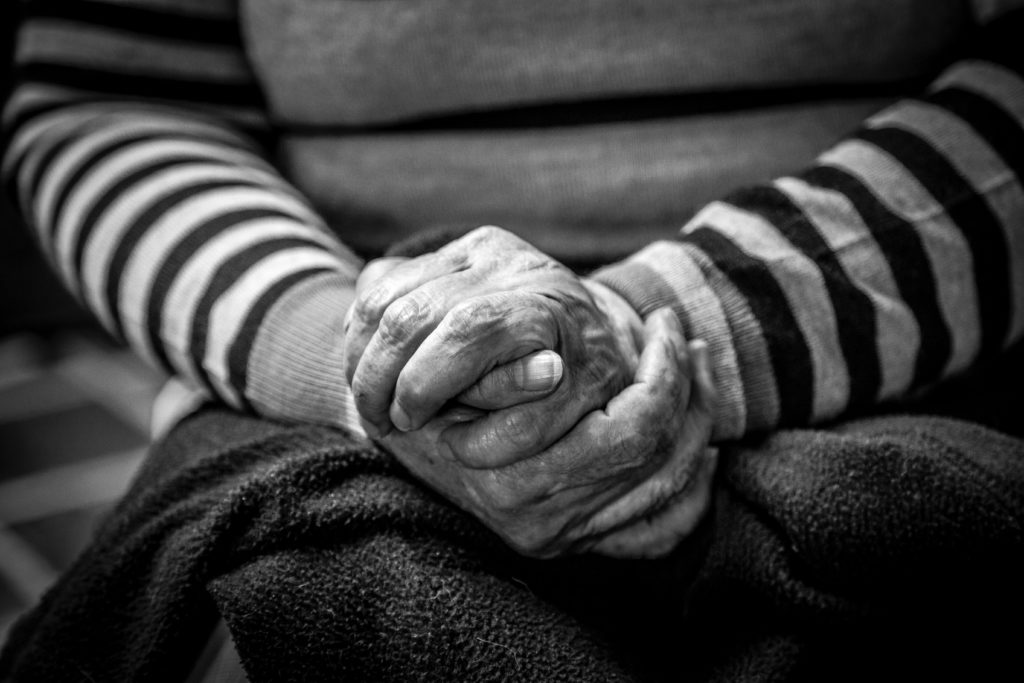By Jack Halpern, CEO, My Elder

Discrimination and racial disparities in nursing homes and assisted living facilities are happening. My Elder is here to intervene and help.
Betty Washington*, an elderly African American woman, recently broke her hip. Betty has lived, for all of her 85 years, in Brooklyn, but she is poor and living on a fixed income. While attending her great-granddaughter’s birthday party, she stood up from her chair, felt dizzy, and fell. She was rushed to the hospital.
*Names have been changed
Betty Washington*, an elderly African American woman, recently broke her hip. Betty has lived, for all of her 85 years, in Brooklyn, but she is poor and living on a fixed income. While attending her great-granddaughter’s birthday party, she stood up from her chair, felt dizzy, and fell. She was rushed to the hospital.
After hip surgery and five days in the hospital, she was transferred to a sub-standard local nursing home for rehabilitation. At this non-profit nursing facility, 95 percent of the residents are subsidized by Medicaid and the majority are black. The facility is severely understaffed, and has been cited many times by regulatory agencies for a lack of care quality.
Since Betty could not return home, her family decided that she should stay at the nursing home as a long term care resident. She spent 15 months there until she passed away, but during her stay she suffered from:
- Stage 4 Decubitus Ulcers
- A dozen Urinary Tract Infections (which required hospitalization)
- 6 falls, including breaking her other hip.
- Weight loss of 20 pounds in a short period of time
- A MRSA infection that was unchecked for two months, ultimately causing her death
Riva Bach lives only 2 miles from where Betty lived, on a tree-lined, upper middle class Jewish neighborhood in Brooklyn called Flatbush. Riva, who suffers from Alzheimer’s disease, lived at home. Her home health aides provided substandard care and she became malnourished and dehydrated. After being rushed to the hospital and treated, she was moved to an excellent care facility for rehabilitation.
Related Posts
Equality For Same-Sex Couples Under New York Medicaid
Nursing Homes Tell LGBT Elders, “Get back into the closet”
Ageism: Prelude To Elder Abuse
On arrival, the staff identified a small ulcer on her foot, which was ordered for treatment immediately, allowing it to fully heal. She was still too weak to go home after a month, and was admitted as a long term care resident and member of the facility’s special program for Dementia and Alzheimer’s Disease. She thrived there for three years until she passed away from natural causes.
In the black community, stories like Margaret’s are far more common than stories like Riva’s. Racial and ethnic disparities in health care settings are complex. Black residents tend to be more concentrated in Medicaid-reliant nursing homes, where limited funding from the government is a critical issue. Studies have found that facilities catering to Hispanic and black patients tend to struggle financial and provide poor care quality. Black residents are also more likely to be totally dependent in terms of eating and toileting and more likely to be incontinent, highlighting the need for committed paid staff to manage these concerns.
With the Baby Boomers expected to hit their golden years in droves within the next decade, the challenge of affordable and high-quality nursing homes will only intensify. There are possible solutions to mitigate racial and ethnic disparities, including pay for performance models and conversations about restructuring Medicaid. Sadly, racial and ethnic disparities in nursing home care are a depressing reality for many Americans today.
My Elder provides elder advocacy services to families. Talk to us about long-term planning, finding the right home for your loved ones, preventing crisis and abuse, and ensuring they receive the best care possible.


